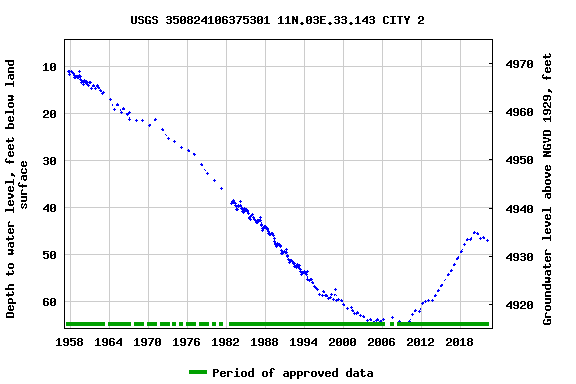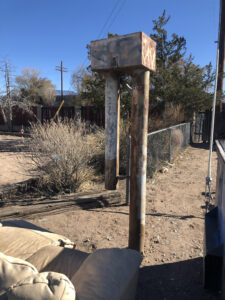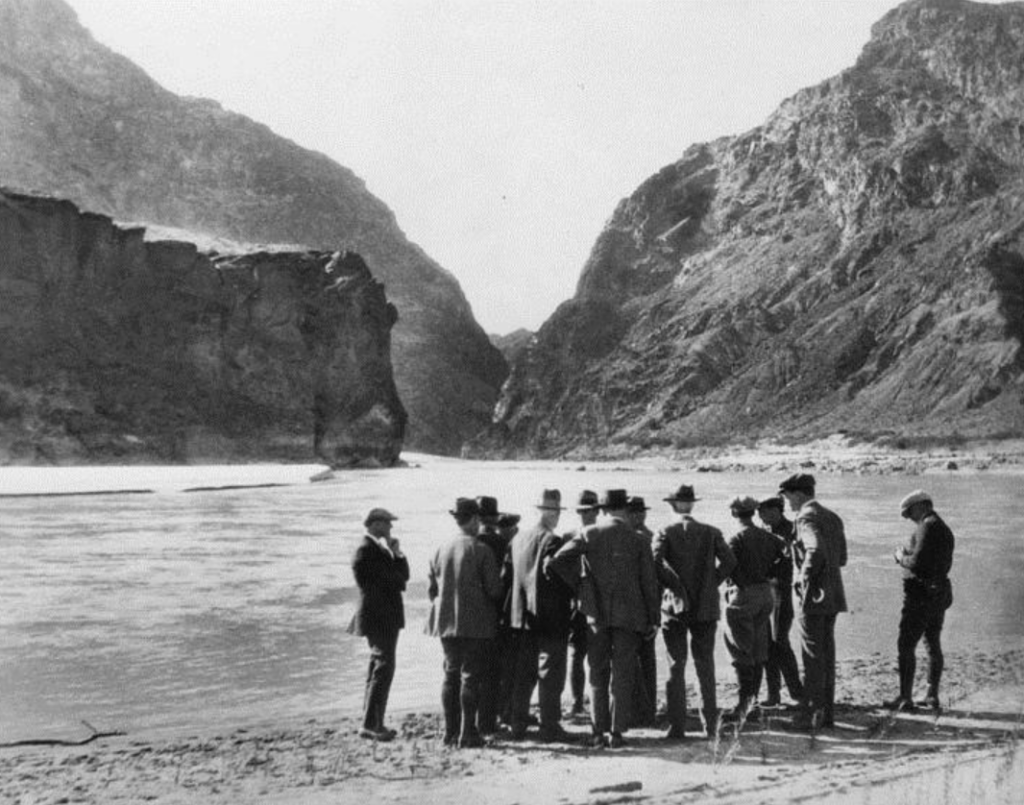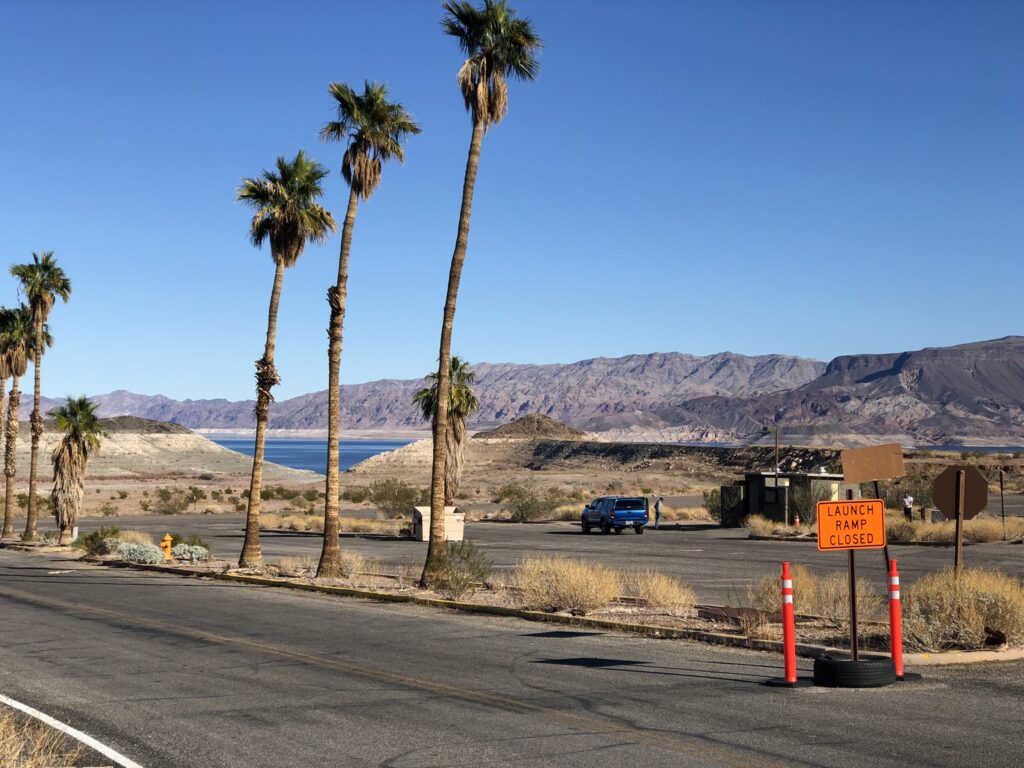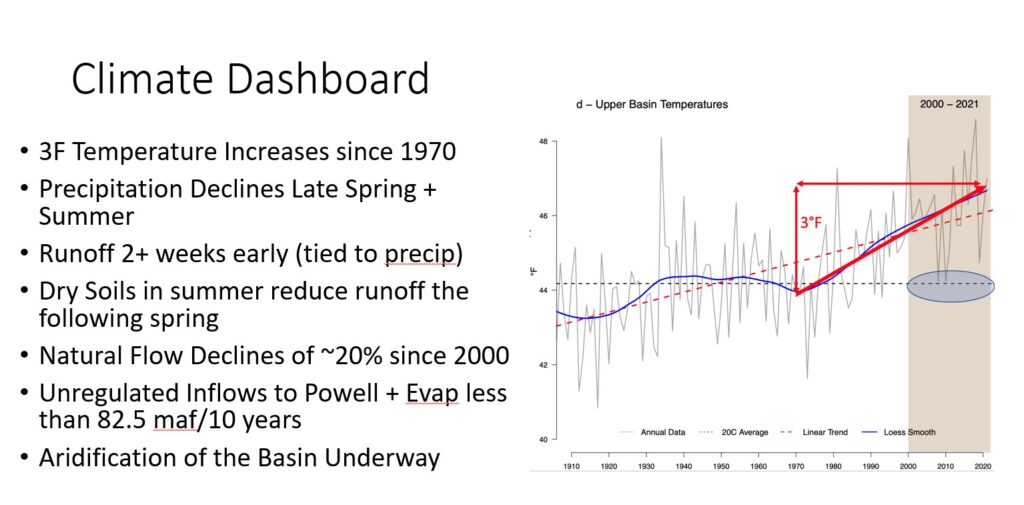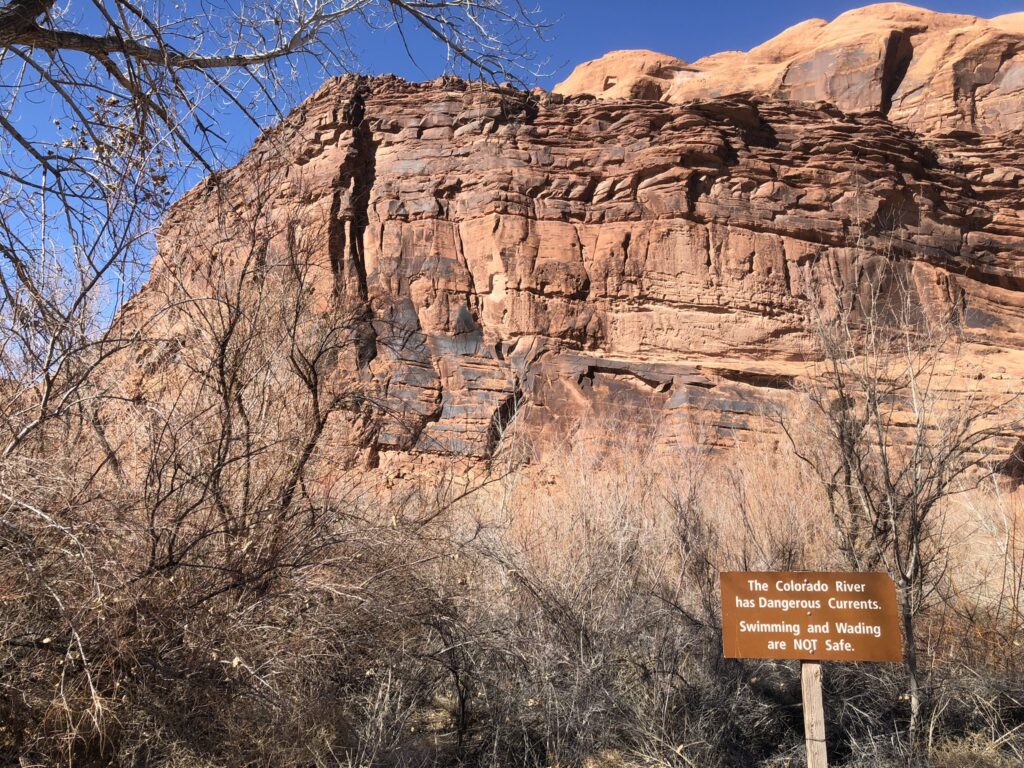
The Colorado River has dangerous currents. Moab, March 2022, photo by John Fleck
The most interesting news at this week’s University of Utah Stegner Symposium on the Colorado River Compact, past and future may be the news that we didn’t hear.
It was an amazing gathering, bringing together pointy headed academics like me with most of the basin management leadership team from tribes, state and local agencies, and the federal government. The crisis situation on the river made for some pointed conversations.
The news we did hear was stark:
- Colorado River Basin water users are currently consuming 14-15 million acre feet of water from a river that for the 21st century has averaged 12.3 million acre feet. Several water users suggested a need to be ready for that to continue to drop – 11maf? 9?
- Reclamation is scrambling to figure out how to safely move water through Glen Canyon Dam as Lake Powell dips below the safety threshold elevation of 3,525 feet above sea level, creeping toward “minimum power pool” – lowest since filling in the 1960s.
- Summer drying is making it harder for snowpack the following winter to make it to headwaters rivers.
- Declining river flows have us staring down a fundamental conflict, rooted in the century-old Colorado River Compact, about how much water upstream users are required to pass downstream past Glen Canyon Dam each year.
- Unresolved Native American water rights – some rights that exist on paper but aren’t being used, some not yet even quantified – have us on a collision course with fundamental legal and moral questions about equity as non-Indian users risk crashing the system while Native Communities have not yet had the chance to use water to which they have long been entitleld.
The news we didn’t hear – Las Vegas is not at risk of losing its water supply
Here’s what we didn’t hear: Las Vegas, Nevada, is not at risk of losing its water supply as Lake Mead’s levels drop toward Vegas’s intake pipes.
Was a time when the Las Vegas intake system was vulnerable as Lake Mead’s elevation dropped toward elevation 1,050. But years of planning and an expenditure of some $1.5b have the Southern Nevada community equipped with new intakes deeper in the reservoir, and a new pumping plant that is now scheduled to be flipped on for the first time later this spring as Lake Mead’s elevations drop toward elevation 1,060.
Turning on those pumps, designed to keep the water flowing to Las Vegas at the sort of elevations we’re now seeing, is a huge milestone, reflecting a community that took low probability/high consequence risk seriously and invested heavily in mitigation.
The low probability event is happening, the high consequences are not.
With Reclamation’s current “most probable” forecast showing Mead headed toward 1,035 in 2023, with a clear possibility of dropping into the 1,020s over the next 18 months, it’s fascinating to think about what the basin conversation would be like right now if the Southern Nevada Water Authority hadn’t built its “third straw”.
A few notes below on discussions that attracted my attention over the two-plus days of symposium sessions and the critical conversations in hallways, at dinners, and in hotel bars.
The integrity of Glen Canyon Dam
Assistant Secretary Tanya Trujillo was blunt about the risks as Lake Powell continues to drop. Under normal operating conditions, water is released through penstocks that drive turbines to generate electricity. But somewhere around elevation 3,490 (or maybe higher?), that becomes infeasible, first because of the risk to the turbines if air gets entrained in the inflows and second because at some point it’s physically impossible to get water out throught that door.
At that point, Reclamation is left with Glen Canyon Dam’s low elevation bypass tubes. Their use poses, in Tanya’s words, many operational uncertainties. Aside from testing and early filling days when the dam was built in the 1960s, they’ve only been used briefly during flooding in the 1980s, and during the relatively short-term high-flow experiments as part of the Glen Canyon Dam LTEMP.
Tanya continued to emphasize Reclamation’s statutory obligation to protect the integrity of the dam, something she also did in her public remarks at the December CRWUA meeting – the Colorado River Water Users Association. She said Reclamation may need to reduce annual flows from Glen Canyon Dam to protect the infrastructure.
That’s a big deal. In hallway conversations and side meetings, there was apparently significant conversation among state and federal officials about how all that might happen.
How small a Colorado River should we prepare for? 11maf? 9maf?
Southern Nevada Water Authority’s John Entsminger described how his agency’s long run planning includes a worst-case “what if” of an 11 million acre foot river. Recall that it’s been a 12.3maf river in the 21st century, which has been enough to drain the reservoirs. This would be worse. At 11 maf, Entsminger said, his agency’s modeling shows Mead bumping round 900 feet in elevation, while Powell is basically empty.
“The future of the Colorado River is pain,” Entsminger said. “Anyone who tells you anything different is selling something.”
Andy Mueller, from western Colorado’s Colorado River Water Conservation District saw Entsminger’s 11maf bet and raised (lowered?) him another 2 million acre feet, saying we need a plan in place to deal with the possibility of a 9 million acre foot Colorado River.
You shouldn’t see this as a disagreement between Andy and John. You should see this as a disagreement between the two of them and a bunch of other people in the basin. Last year’s Getches-Wilkinson Center conference in Boulder, for example, included a noteworthy exchange between Entsminger and New Mexico’s then-State Engineer John D’Antonio in which Entsmber suggested the need to prepare for an 11 million acre foot river and D’Antonio’s suggest that 13-14 maf is a more realistic planning baseline.
Consider what we might do with an 11 million acre foot river (never mind 9!). This is a world, under current operating rules, with likely cutbacks in the Upper Basin, a frequently dry Central Arizona Project canal, and difficult contestation over what the river’s operating rules really mean in a world far different from the one the Compact’s drafters thought they were in a century ago.
A quip from Arizona Tom Buschatzke suggests how hard these conversastions will be. “I won’t say I agree to 11,” Tom said in one of the many moments of remarkable frankness we saw over the two days of the symposium, “or I might get arrested when I get off the plane in Phoenix.”
Equities – tribal water
It is noteworthy that the symposium, one of the most important events during this year’s Colorado River Compact centennial, was co-sponsored by the Water and Tribes Intiative, an effort to expand the basin’s water management discourse.
The impact on our First People of our nation’s colonial history is profound. How to come to terms, in the area of water management, with that impact becomes an increasingly urgent question as the river shrinks. We have tribes with:
- legal rights to water now being put to use
- legal rights to water on paper that are not yet being put to wet water use
- unquantified rights
(see here from the Water and Tribes Initiative for more details)
We heard lots of positive discussion at the symposium about the recognition of this question, with tribal leaders (most notably Daryl Vigil from Jicarilla in New Mexico) and their representatives (especially Margaret Vick and Jay Weiner, two of the most prominent tribal attorneys, who play crucial briding roles between tribes and the water management law and policy plumbing). The question is how that talk translates into substantive roles for the basin’s 30 tribal sovereigns.
One key thing to watch: We’ve seen tribes playing an increasingly important role in the use of their currently used apportionments in helping solve basin problems. Will the discussions expand to compensation to tribes for the forebearance of the use of water not currently being put to use?
The tribal equity questions are far broader, but this question of whether compensation for forebearance is on or off the table is a test worth watching.
Equities – Upper Basin
My pal and coauthor Eric Kuhn gave an entirely too short presentation (I know because he shared the draft white paper version of the background with a bunch of us before the meeting) on the Upper Basin-Lower Basin equity issues embedded in a Compact that seems to set fixed deliver obligations at Lee Ferry regardless of what the climate is doing.
That fixed obligation would seem to place most of the climate change burden on the Upper Basin – no matter how much the river shrinks, we have to send 7.5 million acre feet per year (or, depending on one’s interpretation of unresolved legal questions, 8.25 maf) downstream.
Conversations about relaxing that Lee Ferry delivery obligation will be among the most difficult in coming years, but Eric argues it’s the only way to resolve this fundamental equity problem embedded in the 1922 Colorado River Compact.
“We need to manage the river we have today,” he said, “not the one we thought we had a hundred years ago.”
What are we thinking about when we think about Colorado River water management?
In light of today’s dire situation on the Colorado River, it’s interesting to return to the basic conceptual structure of the “2007 Interim Guidelines” – the rulebook for today’s river management.
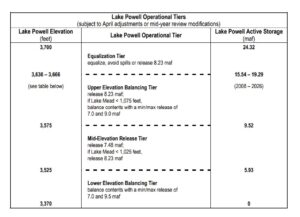
The heart of the “interim Guidelines”
They include this crazy table. (There exist more graphically neato versions, but I think it’s worth going to the source.)
It defines a complex nested set of “if this then that” rules for determining how much water is released from Lake Powell each year. All the “ifs” refer to the elevation of Lake Powell and Lake Mead, the two giant reservoirs at the heart of the system. We are currently operating in the “Lower Elevation Balancing Tier”, which creates all kinds of crazy incentives. If the Upper Basin puts more water into Powell, some of that will end up being released to Mead under the rules. If the Lower Basin foregoes some water use to prop up Mead, under the rules that could trigger smaller releases from Powell.
This reflects a basic paradigm in Colorado River management – decisions made on the basis not of flow in the river but rather on the basis of water in the reservoirs.
This is because those reservoirs – the water they store, really – have been for nearly a century central to the project of building a hydraulic empire that is the West we all know and love. As one of my other pals and coauthors, Anne Castle, noted, they’ve been enormously valuable in helping with that task.
But that was then. Now?
“They don’t do us much good,” Anne said, “when they’re empty.”
This is why Southern Nevada’s construction of the third straw looks so smart in 2022. Down to a nearly empty Lake Mead, Las Vegas will still be able to get water.


